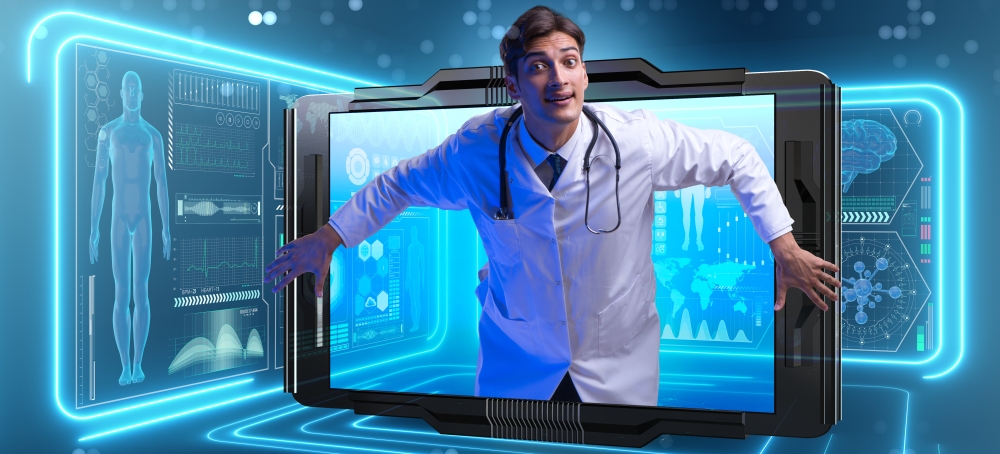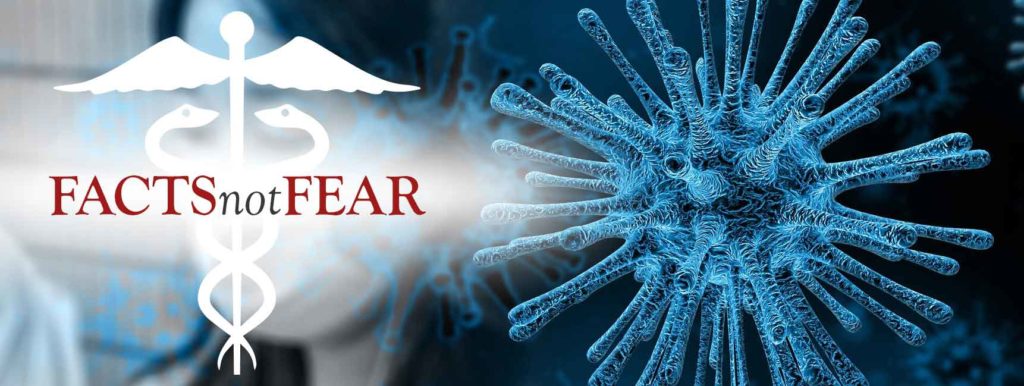https://www.cnn.com/2020/06/01/health/brain-coronavirus-delirium-kaiser/index.html

Although Covid-19 is best known for damaging the lungs, it also increases the risk of life-threatening brain injuries — from mental confusion to hallucinations, seizures, coma, stroke and paralysis. The virus may invade the brain, and it can starve the brain of oxygen by damaging the lungs. To fight the infection, the immune system sometimes overreacts, battering the brain and other organs it normally protects.
Yet the pandemic has severely limited the ability of doctors and nurses to prevent and treat neurological complications. The severity of the disease and the heightened risk of infection have forced medical teams to abandon many of the practices that help them protect patients from delirium, a common side effect of mechanical ventilators and intensive care.
And while Covid-19 increases the risk of strokes, the pandemic has made it harder to diagnose them.
When doctors suspect a stroke, they usually order a brain MRI — a sophisticated type of scan. But many patients hospitalized with Covid-19 are too sick or unstable to be wheeled across the hospital to a scanner, said Dr. Kevin Sheth, a professor of neurology and neurosurgery at the Yale School of Medicine.
Many doctors also hesitate to request MRIs for fear that patients will contaminate the scanner and infect other patients and staff members.
“Our hands are much more tied right now than before the pandemic,” said Dr. Sherry Chou, an associate professor of critical care medicine, neurology and neurosurgery at the University of Pittsburgh School of Medicine.
In many cases, doctors can’t even examine patients’ reflexes and coordination because patients are so heavily sedated.
“We may not know if they’ve had a stroke,” Sheth said.
A study from Wuhan, China — where the first Covid-19 cases were detected — found 36% of patients had neurological symptoms, including headaches, changes in consciousness, strokes and lack of muscle coordination.
“Our hands are much more tied right now than before the pandemic,” said Dr. Sherry Chou, an associate professor of critical care medicine, neurology and neurosurgery at the University of Pittsburgh School of Medicine.
In many cases, doctors can’t even examine patients’ reflexes and coordination because patients are so heavily sedated.
“We may not know if they’ve had a stroke,” Sheth said.
A
smaller, French study observed such symptoms in 84% of patients, many of which persisted after people left the hospital.
Some hospitals are trying to get around these problems by using new technology to monitor and image the brain.
New York’s Northwell Health is using a mobile MRI machine for Covid patients, said Dr. Richard Temes, the health system’s director of neurocritical care. The scanner uses a low-field magnet, so it can be wheeled into hospital rooms and take pictures of the brain while patients are in bed.
Staffers at Northwell were also concerned about the infection risk from performing EEGs, tests that measure the brain’s electrical activity and help diagnose seizures, Temes said. Typically, technicians spend 30 to 40 minutes in close contact with patients in order to place electrodes around their skulls.
“Right now, we actually don’t know enough to say definitely how Covid-19 affects the brain and nervous system,” said Chou, who is leading an international study of neurological effects of the virus. “Until we can answer some of the most fundamental questions, it would be too early to speculate on treatments.”
To reduce the risk of infection, Northwell is using a headband covered in electrodes, which can be placed on patients in just a couple of minutes, he said.
The brain under attack
Answering those questions is complicated by the
limited data from patient autopsies, said Lena Al-Harthi, a professor and the chair of the microbial pathogens and immunity department at Rush Medical College in Chicago.
But many neuropathologists are unwilling or unable to perform brain autopsies, Al-Harthi said.
That’s because performing autopsies on patients who died of Covid-19 carries special risks, such as the aerosolization of the virus during brain removal. Pathologists need specialized facilities and equipment to conduct an autopsy safely.
Some of the best-known symptoms of Covid-19 might be caused by the virus invading the brain, said Dr. Robert Stevens, an associate professor of anesthesiology and critical care medicine at Johns Hopkins University.
Authors of a
recent study from Germany found the novel coronavirus in patients’ brains.
Research shows that the coronavirus may enter a cell through a molecular gateway known as the ACE-2 receptor. These receptors are found not only in the lung, but also other organs, including many parts of the brain.
In a recent study, Japanese researchers reported finding the novel coronavirus in the cerebrospinal fluid that surrounds the brain and spinal cord.
Some of the most surprising symptoms of Covid-19 ― the loss of the senses of smell and taste ― remain incompletely understood, but may be related to the brain, Stevens said.
A
study from Europe published in May found that 87% of patients with mild or moderate Covid-19 lost their
sense of smell. Patients’ loss of smell couldn’t be explained by inflammation or nasal congestion, the researchers said. Stevens said it’s possible that the coronavirus interacts with nerve pathways from the nose to the brain, potentially affecting systems involved with processing scent.
A new study in JAMA provides additional evidence that the coronavirus invades the brain. Italian researchers found abnormalities in an MRI of the brain of a Covid-19 patient who lost her sense of smell.
Many coronavirus patients also develop “silent hypoxia,” in which they are unaware that their oxygen levels have plummeted dangerously low, Stevens added.
When hypoxia occurs, regulatory centers in the brain stem — which control respiration — signal to the diaphragm and the muscles of the chest wall to work harder and faster to get more oxygen into the body and force out more carbon dioxide, Stevens said. The lack of this response in some patients with Covid-19 could indicate the brain stem is impaired.
Scientists suspect the virus is infecting the brain stem, preventing it from sending these signals, Temes said.
Collateral damage
Well-intentioned efforts to save lives can also cause serious complications.
Many doctors put patients who are on mechanical ventilators into a deep sleep to prevent them from pulling out their breathing tubes, which would kill them, said Dr. Pratik Pandharipande, chief of anesthesiology and critical care medicine at Vanderbilt University School of Medicine in Nashville, Tennessee.
Both the disease itself and the use of sedatives can cause hallucinations, delirium and memory problems, said Dr. Jaspal Singh, a pulmonologist and critical care specialist at Atrium Health in Charlotte, North Carolina.
Many sedated patients experience terrifying hallucinations, which may return in recovery as nightmares and post-traumatic stress disorder.
Research shows 70% to 75% of patients on ventilators traditionally develop delirium. Delirious patients often “don’t realize they’re in the hospital,” Singh said. “They don’t recognize their family.”
In the French study in the
New England Journal of Medicine, one-third of discharged Covid-19 patients suffered from “
dysexecutive syndrome,” characterized by inattention, disorientation or poorly organized movements in response to commands.
Research shows that patients who develop delirium — which can be an early sign of brain injury — are more likely to die than others. Those who survive often endure lengthy hospitalizations and are more likely to develop a long-term disability.
Under normal circumstances, hospitals would invite family members into the ICU to reassure patients and keep them grounded, said Dr. Carla Sevin, director of the ICU Recovery Center, also at Vanderbilt.
Simply allowing a family member to hold a patient’s hand can help, according to Dr. Lee Fleisher, chair of an American Society of Anesthesiologists committee on brain health. Nurses normally spend considerable time each day orienting patients by talking to them, reminding them where they are and why they’re in the hospital.
“You can decrease the need for some of these drugs just by talking to patients and providing light touch and comfort,” Fleisher said.
These and certain innovative practices — such as helping patients to move around and get off a ventilator as soon as possible — can reduce the rate of delirium to 50%.
Hospitals have banned visitors, however, to avoid spreading the virus. That leaves Covid-19 patients to suffer alone, even though it’s well known that isolation increases the risk of delirium, Fleisher said.
Although many hospitals offer patients tablets or smartphones to allow them to videoconference with family, these devices provide limited comfort and companionship.
Doctors are also positioning patients with Covid-19 on their stomachs, rather than their backs, because a prone position seems to help clear the lungs and let patients breathe more comfortably.
But a prone position also can be uncomfortable, so that patients need more medication, Pandharipande said.
All of these factors make coronavirus patients extremely vulnerable to delirium. In a recent article in Critical Care, researchers said the intensive care unit has become a “
delirium factory.”“The way we’re having to care for patients right now is probably contributing to more mortality and bad outcomes than the virus itself,” said Dr. Sharon Inouye, a geriatrician at Harvard Medical School and Hebrew SeniorLife, a long-term care facility in Boston. “A lot of the things we’d like to do are just very difficult.”










